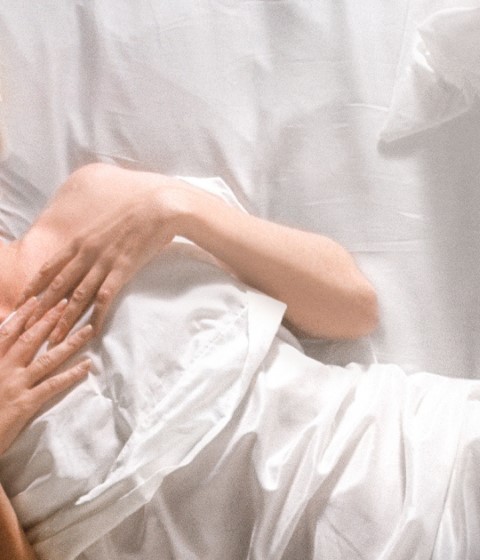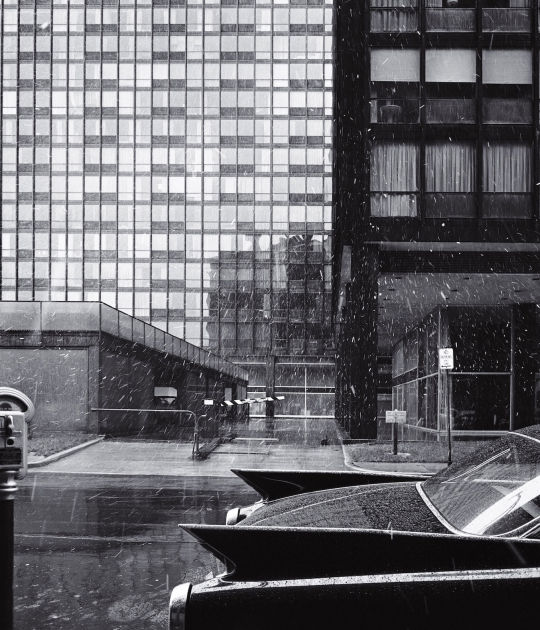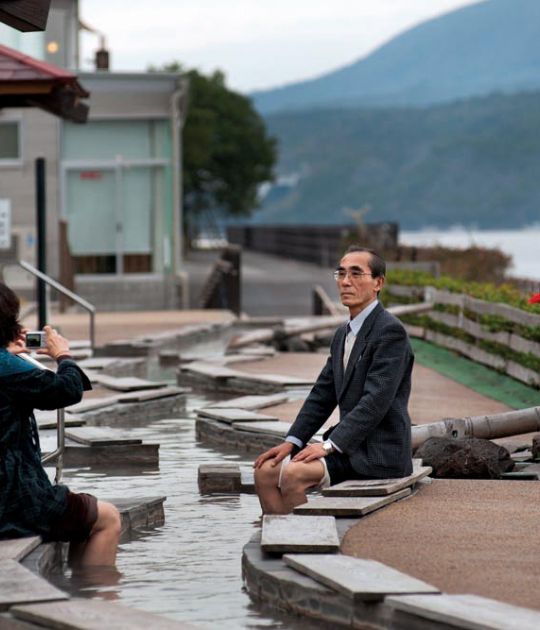The Foto Colectania Foundation, thanks to the main collaboration of the Banco Sabadell Foundation, will inaugurate on June 29 the exhibition SAUL LEITER: In search of Beauty. The exhibition has been organized with the Saul Leiter Foundation of New York and curated by Roger Szmulewicz.
For six decades the work of Saul Leiter (Pittsburg, 1923 - New York, 2013) fell almost into oblivion. The artist exhibited some photographs in 1953 at the MoMA in New York as part of a collective exhibition organized by Edward Steichen, but apart from his successful career in the 60s and 70s in the world of fashion, his work remained in the original until the Date well little. Several factors contributed to this neglect, one of which was Leiter's design for self-promotion.
Finally, in 2006, a monograph by Leiter, Early Color, with images from the 40s and 50s was published, which instantly elevated him to the category of precursor and master of color photography. This was followed by other monographs and international exhibitions, including the Henri Cartier-Bresson Foundation in Paris, the Elysée Museum in Lausanne, the Deichtorhallen in Hamburg, the London Photographer's Gallery, and Bunkamura in Tokyo.
In 2013, British director Tomas Leach premiered the documentary In No Great Hurry: 13 Lessons in Life with Saul Leiter, which offered an in-depth look at the life and work of Leiter. "A window covered by raindrops interests me more than a photograph of a famous person," says the photographer in that documentary. The exhibition shows a fragment of this documentary, and the full movie can be seen at the Filmoteca de Cataluña on June 27 at 6.30pm.
Leiter spent his whole life on the new streets of New York, the best parts of the scenes of his images have a two-block radius around the East Village apartment where he lived since the 1950s. In his photographs the protagonists are often unfocused or shown only in part, the background photography of the borders, their urban landscapes are often seen through rain, snow or fogged windows.
About the exhibition
The exhibition aims to show all facets of Leiter's work. On the one hand, its most iconic and recognized photographs, around 60 color photographs that reflect Leiter's mastery and originality in the use of color. Obtain images of a powerful thought and intensity, because at the immediate and spontaneous beginning of life on the street, Leiter adds an unconventional use of form and frequent abstract use of realistic colors and tones. In addition, around 30 black and white photographs of the streets of New York are included, as well as nudes and intimate portraits. These are part of the first photographs taken by Leiter and the pulse and energy of the streets of New York in the 40s and 50s he knew. Finally, the exhibition also includes some of his professional works commissioned as a fashion and advertising photographer for major magazines such as Elle, Esquire and Harper's Bazaar.
In all its fields, Leiter managed to print a special style in his image and often dared to place the central theme out of focus, which in fashion and advertising was unprecedented. The exhibition shows vintage magazines and different objects that illustrate that part of his work.
For six decades the work of Saul Leiter (Pittsburg, 1923 - New York, 2013) fell almost into oblivion. The artist exhibited some photographs in 1953 at the MoMA in New York as part of a collective exhibition organized by Edward Steichen, but apart from his successful career in the 60s and 70s in the world of fashion, his work remained in the original until the Date well little. Several factors contributed to this neglect, one of which was Leiter's design for self-promotion.
Finally, in 2006, a monograph by Leiter, Early Color, with images from the 40s and 50s was published, which instantly elevated him to the category of precursor and master of color photography. This was followed by other monographs and international exhibitions, including the Henri Cartier-Bresson Foundation in Paris, the Elysée Museum in Lausanne, the Deichtorhallen in Hamburg, the London Photographer's Gallery, and Bunkamura in Tokyo.
In 2013, British director Tomas Leach premiered the documentary In No Great Hurry: 13 Lessons in Life with Saul Leiter, which offered an in-depth look at the life and work of Leiter. "A window covered by raindrops interests me more than a photograph of a famous person," says the photographer in that documentary. The exhibition shows a fragment of this documentary, and the full movie can be seen at the Filmoteca de Cataluña on June 27 at 6.30pm.
Leiter spent his whole life on the new streets of New York, the best parts of the scenes of his images have a two-block radius around the East Village apartment where he lived since the 1950s. In his photographs the protagonists are often unfocused or shown only in part, the background photography of the borders, their urban landscapes are often seen through rain, snow or fogged windows.
About the exhibition
The exhibition aims to show all facets of Leiter's work. On the one hand, its most iconic and recognized photographs, around 60 color photographs that reflect Leiter's mastery and originality in the use of color. Obtain images of a powerful thought and intensity, because at the immediate and spontaneous beginning of life on the street, Leiter adds an unconventional use of form and frequent abstract use of realistic colors and tones. In addition, around 30 black and white photographs of the streets of New York are included, as well as nudes and intimate portraits. These are part of the first photographs taken by Leiter and the pulse and energy of the streets of New York in the 40s and 50s he knew. Finally, the exhibition also includes some of his professional works commissioned as a fashion and advertising photographer for major magazines such as Elle, Esquire and Harper's Bazaar.
In all its fields, Leiter managed to print a special style in his image and often dared to place the central theme out of focus, which in fashion and advertising was unprecedented. The exhibition shows vintage magazines and different objects that illustrate that part of his work.

















![Francisco Gómez [Madrid], 1973 Silver gelatin, vintageprint, 30x24 cm © Archivo Paco Gómez / Fundación Foto Colectania Francisco Gómez [Madrid], 1973 Silver gelatin, vintageprint, 30x24 cm © Archivo Paco Gómez / Fundación Foto Colectania](/sites/default/files/styles/mopis_home_news_category_slider_desktop/public/lead-images/metalocus_archivo-paco-gomez_07p.jpg?h=4cd098a1&itok=vRs7r7Yg)



![Brassaï. Montmartre. 1930-31. 29.8 x 39.6 cm [Paris de jour 472.C] Estate Brassaï Succession, Paris. © Estate Brassaï Succession, Paris Brassaï. Montmartre. 1930-31. 29.8 x 39.6 cm [Paris de jour 472.C] Estate Brassaï Succession, Paris. © Estate Brassaï Succession, Paris](/sites/default/files/styles/mopis_home_news_category_slider_desktop/public/lead-images/metaloucs_brassai_estate-brassai-succession-paris_01p.jpg?h=3b4e7bc7&itok=le_IlsBR)



